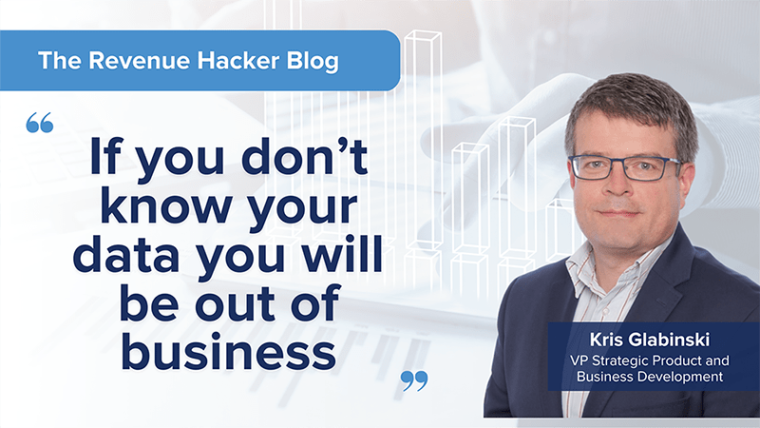Artificial intelligence has revolutionized how airlines identify and target their most valuable customer segments. By analyzing vast quantities of structured and unstructured data, AI systems can now detect nuanced patterns in customer behavior, spending potential, and loyalty characteristics that were previously impossible to discern at scale. This capability enables revenue managers to deploy highly targeted marketing campaigns with unprecedented precision, significantly improving conversion rates and maximizing revenue per customer.
How Does AI Transform Traditional Customer Segmentation Approaches?
- Advanced data integration capabilities:
- Simultaneous analysis of 500+ customer attributes versus 20-30 in traditional models
- Real-time incorporation of behavioral signals across digital touchpoints
- Integration of historical booking patterns with current market conditions
- Unification of structured reservation data with unstructured customer interactions
- Seamless combination of first-party and third-party data sources
- Pattern recognition advancements:
- Identification of micro-segments with specific value characteristics
- Detection of emerging high-value segments before they become obvious
- Recognition of subtle correlations between seemingly unrelated behaviors
- Prediction of future value potential beyond current spending patterns
- According to IATA’s 2024 Digital Transformation Report, AI-powered segmentation has increased marketing ROI by 127% for early adopters
- 83% of airlines now use some form of AI-driven segmentation, up from 41% in 2022
“What’s revolutionary about AI-powered segmentation isn’t just the precision—it’s the predictive capability. We’re now identifying tomorrow’s high-value customers based on early indicators that would be impossible for humans to spot in the data,” explains Jennifer Martinez, Chief Marketing Officer at SkyTech Analytics.
What Customer Data Points Prove Most Valuable for AI Analysis?
- Transactional indicators:
- Booking lead time patterns across different trip types
- Price sensitivity thresholds by route and season
- Ancillary purchasing behavior and product preferences
- Upgrade receptivity and premium service selection
- Cancellation and change patterns indicating flexibility needs
- Payment method choices revealing financial characteristics
- Behavioral signals:
- Website and mobile app interaction patterns before purchase
- Search-to-book conversion timelines
- Email engagement metrics with specific content types
- Social media interaction with brand content
- Customer service contact frequency and resolution satisfaction
- Loyalty program engagement beyond point accumulation
- AI systems now process an average of 7.3TB of customer data daily at major carriers
- Pattern detection algorithms identify 15-20 distinct high-value micro-segments where traditional methods found only 3-5
How Does AI Predict Future High-Value Customer Potential?
- Predictive modeling techniques:
- Machine learning algorithms identifying early indicators of premium travel adoption
- Propensity modeling for future ancillary spending
- Lifetime value projection based on career trajectory signals
- Loyalty development pathway mapping
- Travel purpose evolution prediction (leisure to business transition patterns)
- Life event detection suggesting travel behavior changes
- External factor integration:
- Economic indicator correlation with premium travel adoption
- Industry sector growth patterns affecting business travel potential
- Geographic expansion signals from corporate customers
- Competitive loyalty program vulnerability assessment
- Social influence network mapping identifying high-impact customers
- Leading airlines now identify high-potential customers 12-18 months before they reach peak value
- Conversion rates for targeted offers to AI-identified segments average 34%, versus 8% for traditional segmentation
What Marketing Optimization Capabilities Does AI Enable?
- Campaign precision enhancements:
- Dynamic offer personalization based on value segment characteristics
- Optimal timing determination for different segment communications
- Channel preference matching for maximum engagement
- Message content optimization by segment receptivity
- Pricing threshold identification for conversion maximization
- A/B testing at micro-segment level for continuous improvement
- Resource allocation improvements:
- Marketing budget optimization across segments based on ROI potential
- Sales team focus direction toward highest-value acquisition targets
- Service level differentiation based on current and potential value
- Loyalty program investment prioritization by segment impact
- Airlines using AI-driven marketing optimization report 42% higher marketing ROI in 2024
- Customer acquisition costs decreased by 27% while value per acquisition increased by 31%
“The real breakthrough comes when you combine predictive segmentation with automated campaign optimization. We’re not just finding the right customers—we’re reaching them with the right message at exactly the right moment in their decision journey,” notes Dr. Michael Chen, Director of Revenue Intelligence at Global Airline Solutions.
Global vs. US AI-Powered Segmentation Adoption (2023-2025+)
Conclusion
AI-powered identification of high-yield customer segments has become essential for airlines seeking to maximize marketing effectiveness and revenue potential. The technology continues to evolve rapidly, with improvements in data integration, pattern recognition, and predictive capabilities delivering measurable business benefits. As we move toward 2027, the competitive advantage will increasingly shift from simply having segmentation capabilities to how effectively airlines leverage these insights to create personalized customer experiences that drive loyalty and spending. Revenue managers who master these systems will be positioned to allocate marketing resources with unprecedented precision, ensuring that high-value customers receive the right offers through the right channels at the right time—ultimately driving sustainable revenue growth in an increasingly competitive marketplace.




